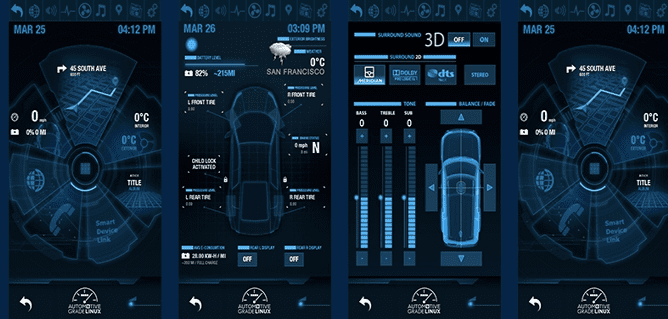Automotive Grade Linux (AGL), a collaborative cross-industry effort developing an open-source automotive platform for all connected car technologies, has announced the latest code release of the AGL platform, UCB 13, also known under the code-name ‘Magic Marlin’.
Developed through a joint effort by AGL member companies, the Unified Code Base (UCB) is an open-source software platform that could serve as the de facto industry standard for infotainment, telematics and instrument cluster applications.
“The AGL community is continuously evaluating open-source technologies for automotive use cases to ensure that we are integrating best-in-class software into the platform,” said Dan Cauchy, executive director of Automotive Grade Linux at the Linux Foundation. “2022 will be a big year for the AGL platform as we transition to some of these newer technologies including Flutter, VirtIO, Containers and V2C applications. We are also expanding the development options available to the community by adding support for the latest automotive hardware as well as cloud-based virtual platforms.”
UCB 13/Magic Marlin includes an operating system, board support package, middleware, application framework and application APIs. Notable updates to the AGL platform include: a new application framework with more upstream components, IVI technology demonstrator based on Toyota’s Base System contributions, chromium-based HTML5 Image updated to Chromium 87 with WAM (Web Application Manager) and virtualization updates including VirtIO enhancements.
It also includes initial integration of Toyota’s open-source embedded automotive Flutter solution and LXC-based container demonstration (IVI container and IC container). Meanwhile, board Support Package updates including Renesas R-Car BSP v5.9 with Kernel 5.10, AGL Reference Hardware, NXP i.MX8 and new support for Jacinto7 (j7).
The full list of additions and enhancements to UCB 13 can be found here.



